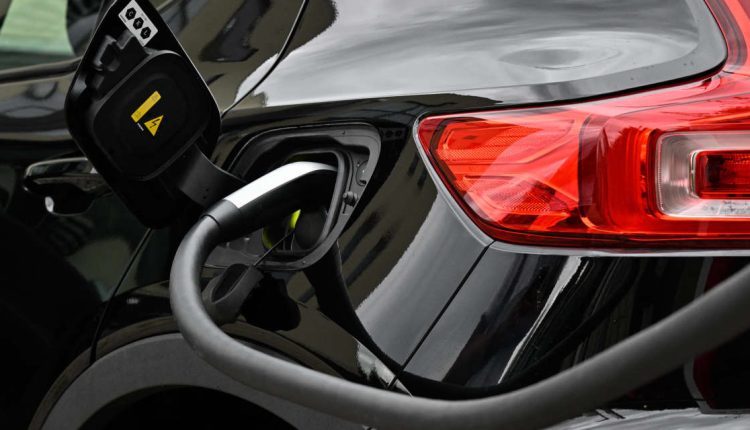Figuring out whether you qualify for an electric vehicle tax credit isn’t easy–make, model, pricing, the state where you live, your income, and the list goes on. But once you sort things out, you can save thousands–even on a
Tesla.
And now, you don’t have to wait until you file your taxes. You can get that savings in real time, at the dealer.
The IRS clarified rules for “transferring” the EV purchase tax credit from buyers to dealers for cars put in service after this year. An example: In 2024, a buyer who qualifies for the $7,500 federal tax credit on a
Tesla
(TSLA) will get $7,500 off the price instead of a 2024 tax refund. It will be the dealer, not the buyer, who must collect the credit.
Still, the credit isn’t a given. Buyers must qualify for it. Stipulations include a household income of not more than $300,000 a year and a car that falls under the credit’s pricing and country of origin limitations. Those qualifications can change over time.
Even if a buyer has an annual household income of more than $300,000 and wants a six-figure EV, such as a $100,000-plus Lucid (LCID) Air or Tesla Model S Plaid Edition, there is a way to get a credit: Lease it.
Leasing a car and buying it are almost equivalent. Owners contend that buying is cheaper in the long run, especially if they plan to drive it for many years. On the flip side, maintenance bills usually grow as a car ages.
The main advantage to leasing is lower monthly payments, all things being equal, because the leasing company owns the car and realizes the value of the car by selling it at the end of the lease.
Besides the federal $7,500 tax credit, there are a bevy of state-level benefits. California buyers, for instance, can qualify for up to another $7,500 off. The total possible savings: $15,000–$7,500 from the federal government and $7,500 from the state.
Here’s a real-life example: A base-level Model 3 starts at about $39,000. A buyer in California who qualifies for the $15,000 from the state and the federal government would pay $24,000, before tax title and destination fee.
And California also offers a $2,000 EV charging card—$2000 of free charging at public EV chargers—to qualified buyers. Now, the Model 3 price is down to $22,000. The average price for a new car in the U.S. is about $48,000.
All the state savings aren’t on the West Coast, however. Connecticut offers $2,250 off the price of a new Tesla and many other EV models. It works just like the federal tax credit will next year.
Of course, state credits and federal eligibility are all subject to change. Buyers should do their homework. And ask their dealers.
Write to Al Root at [email protected]
Read the full article here

